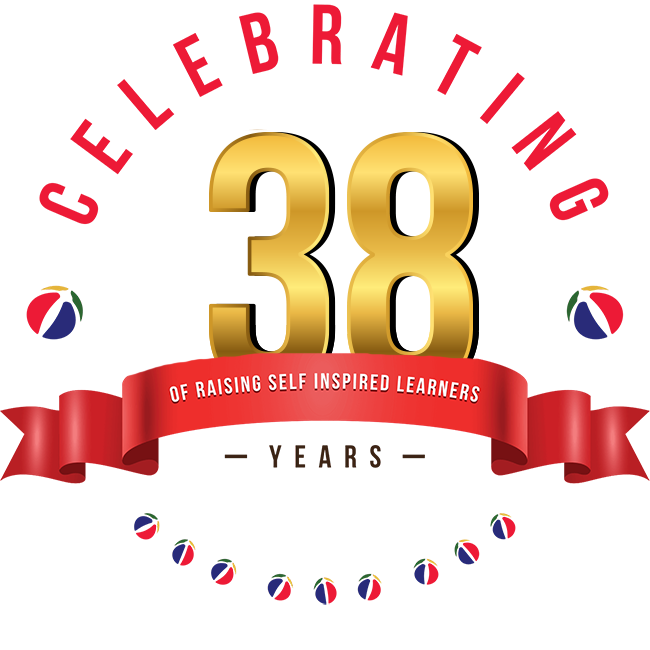Parents of young children are often bombarded with educational tools to teach their children to read and write. From flashcards to apps, there’s a huge market aimed at creating little geniuses who’ll make it through school with flying colors and become hugely successful adults. Unfortunately, the materials available for little ones can sometimes frustrate rather than encourage, because they are not age-appropriate.
As Dr. Montessori stated in her book, “The Absorbent Mind,” “The child’s explosion into writing is closely connected with his special sensitivity for language, and this was operative at the time when he began to speak. By the age of five and a half or six, this sensitivity has ceased to exist; so it is clear that writing can be learned with joy and enthusiasm only before that age. Children older than this have lost the special opportunity which nature grants them of learning to write without making special and conscious efforts of application and will.”
So what’s the answer? If flash cards and computer games are not right for children, yet the foundation of literacy needs to be put in place while the child is still young, then how can this be accomplished? There are five concepts in the Montessori Method that work to promote literacy in a way that nurtures and encourages a child, rather than overwhelm.
- Play games that emphasize letter sounds rather than letter names. Most programs focus on teaching letter names, but this can confuse a child. It’s better to play games that help children identify letter sounds first so that they develop the phonemic awareness that will help them understand letters and eventually learn to read and write.
- Teach lowercase letters, engaging the hand and the mind at the same time. Showing the child how to trace the letter with his fingers while saying the letter sound engages his senses in a way that looking at flashcards or computer screens or even handling magnetic letters, will not. A great tool for accomplishing this is Montessori sandpaper letters.
- Build words separately from learning to write words by hand. Writing a word is a complicated process. The child must process the sound of the word and translate those sounds into letters. Then, the letters must be put down onto paper, which requires fine motor skills. Using manipulatives that allow children to arrange letters into words without having to write them helps them build words without having to create letters with a pencil.
- Practice fine motor skills to prepare the hand for writing. In order to write, a child needs hand strength and coordination. Some of the best ways to build these skills are through everyday activities such as cutting with scissors, peeling eggs, working puzzles and building with blocks. You can help your child by letting him or her help you in the kitchen, the garden and around the house while providing plenty of options for manipulative play and encouraging physical activity.
- Rather than sight-word books, present appealing phonetic reading materials. Choose phonetic early readers that use only short vowel sounds and regular consonants, so children can easily comprehend them.
At MSOD Shipra, we believe in encouraging each child’s natural capacity to learn in an environment that allows them to develop and grow to their full potential. Our goal is to provide a safe space for children to explore the world around them and learn to self-correct their mistakes so they become independent thinkers who flourish in all areas of development. To learn more about how we incorporate aspects of the Montessori Method into our curriculum, call to arrange a visit.


